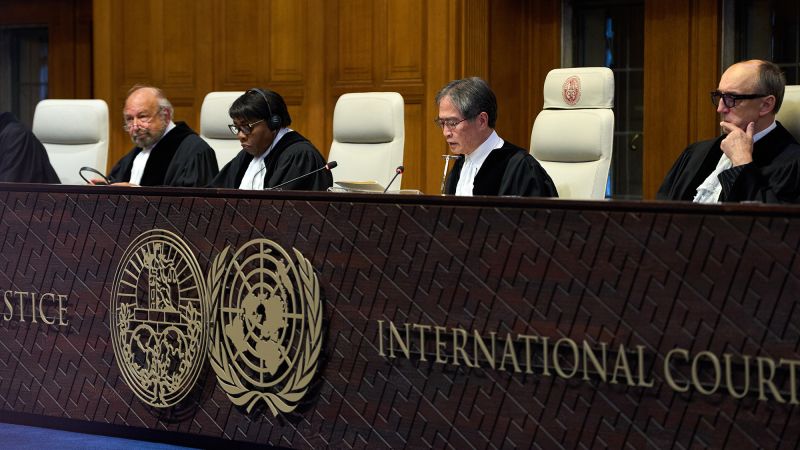In a striking turn of events, Donald Trump’s administration has begun to mirror a stark warning issued by the New York Times just before the 2024 election. The editorial, published in both print and online formats, asserted in bold letters that Trump would engage in extreme political measures, including prosecuting his enemies and abandoning allies. Now, less than a year into his second term, many elements of that prediction are manifesting in actual policy decisions.
A Warning that Resonates Today
The October 29, 2024 editorial stated: “DONALD TRUMP SAYS HE WILL PROSECUTE HIS ENEMIES, ORDER MASS DEPORTATIONS, USE SOLDIERS AGAINST CITIZENS, PLAY POLITICS WITH DISASTERS, ABANDON ALLIES. BELIEVE HIM.” Initially dismissed by some as hyperbole, the Times’ warning has since resurfaced on social media, gaining traction as users connect the dots between the editorial’s predictions and current national policies.
As Trump’s administration implements aggressive political prosecutions, deportation initiatives, and controversial responses to disasters, the editorial’s foresight has become painfully relevant. Social media platforms have transformed into spaces for intense discussion and analysis, where citizens share insights and reactions to ongoing events. Users are not just reacting; they are contextualizing executive actions and enforcement orders, demonstrating the growing role of social media as a decentralized fact-checking forum.
Public Reaction and Discourse
This week, the Times’ warning went viral, prompting a mix of disbelief and dark humor among users. Memes, threads, and commentaries have been proliferating as individuals reflect on the unsettling reality of the current political landscape. For many, the editorial has shifted from a provocative prediction to a tangible reflection of ongoing political behavior that directly affects American lives.
Analysts have noted a marked change in the emotional tenor of the discourse. Unlike typical political memes that aim for humor, responses to the viral post are infused with anxiety and concern. The all-caps warning has become a shorthand for fears regarding the administration’s direction, heightened by the immediacy of online conversations. For those closely monitoring developments, the message is unmistakable: the warnings articulated by the New York Times are not just rhetoric; they have become a lived reality.
In conclusion, the intersection of social media and real-time policy analysis has created a new paradigm for public engagement. As citizens document and dissect unfolding events, it becomes clear that the predictions made by the Times are manifesting in ways that are reshaping the political landscape. The public is now grappling with these realities, marking a significant moment in American political discourse.






